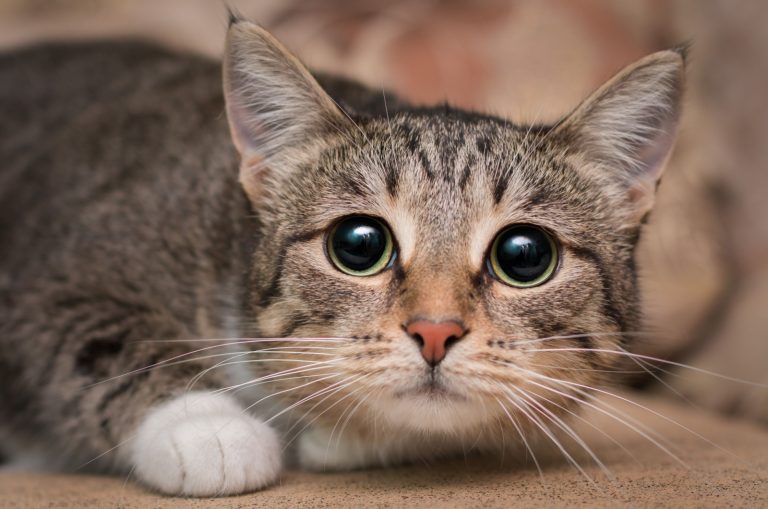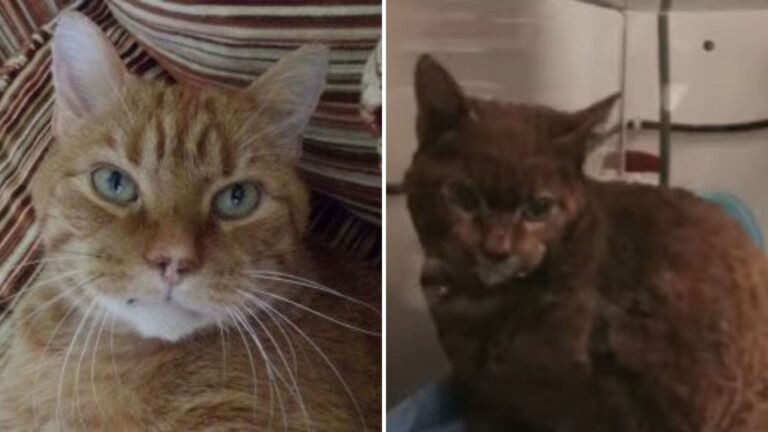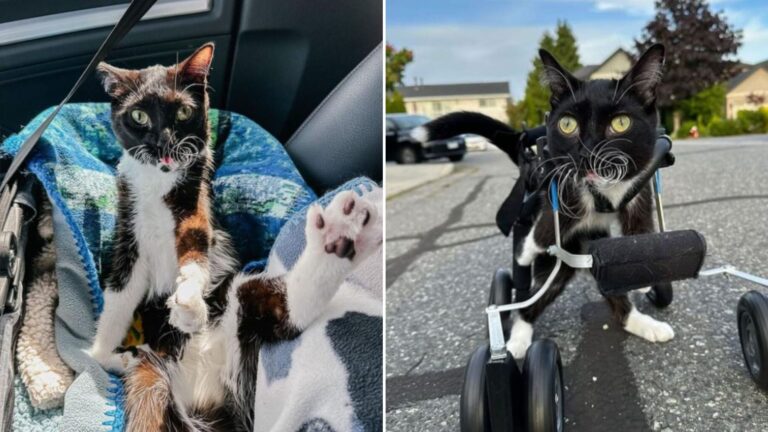Ever Heard Of Airplane Ears In Cats? Here’s What It Means

If you’re a cat owner, you’re no stranger to the various ways your feline companion communicates with you, whether it’s through meows, chirps, hisses, or growls.
But have you ever wondered what’s going on when your cat goes into “airplane mode” with their ears?
Apart from the usual vocal stuff, cats have a whole silent language encoded in their body language, from their eyes to their tail. Today, let’s focus on their ears and decode the secret messages your cat might be sending.

Cats live in a world where even a pin drop can startle them, depending on their current mood. So, they’ve mastered nonverbal cues like true pros. Their posture, eyes, ears, and tail, can tell us a lot!
Let’s See What Their Ears Can Tell Us
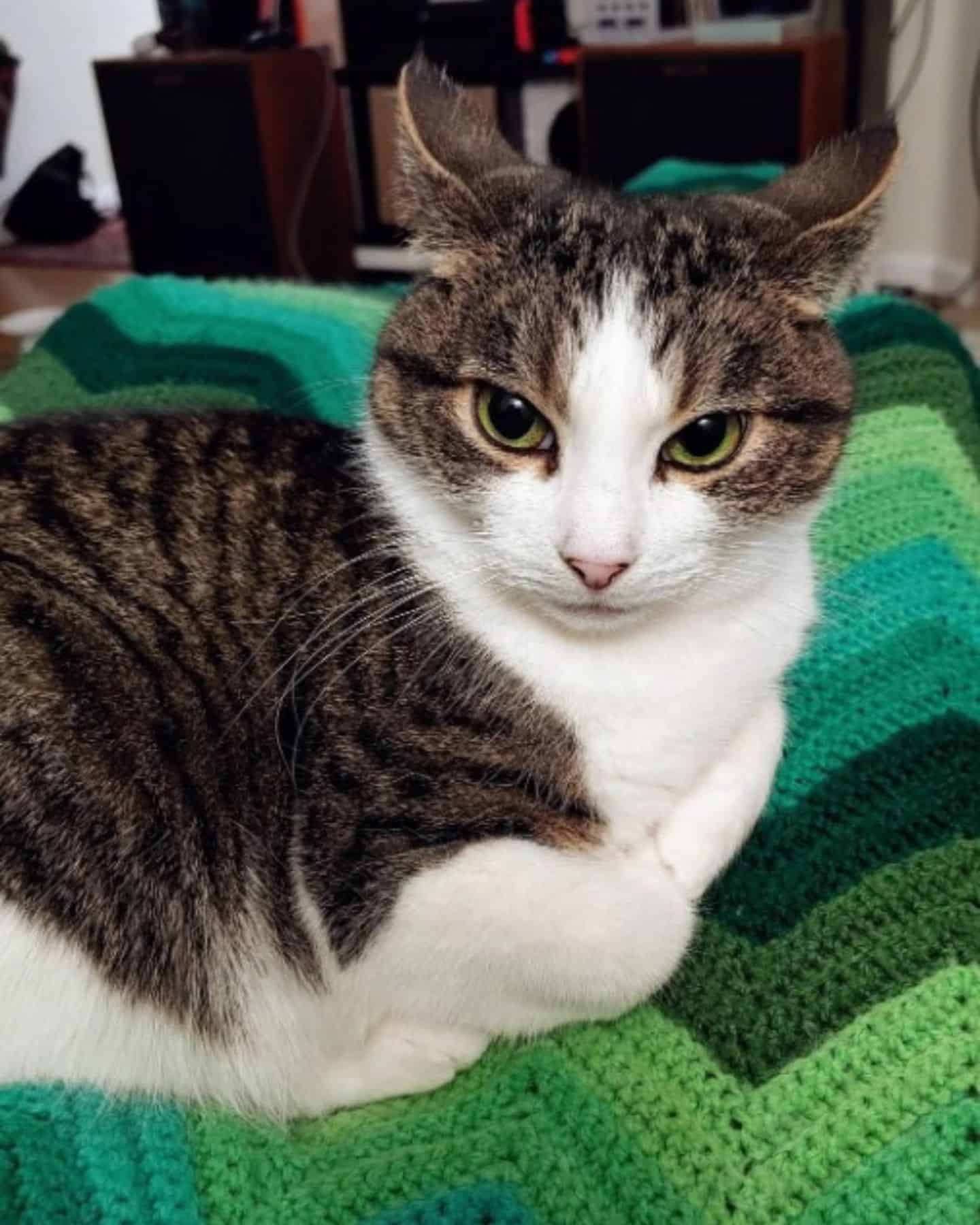
In the feline universe, silence is golden, and ears are the ultimate expression of a cat’s mood and intentions.
They’re not just for hearing; they’re like a cat’s version of a social media story, broadcasting their feelings and plans.
Let’s explore some common ear movements and what they mean:
1. “Airplane ears” signify uncertainty or anxiety:
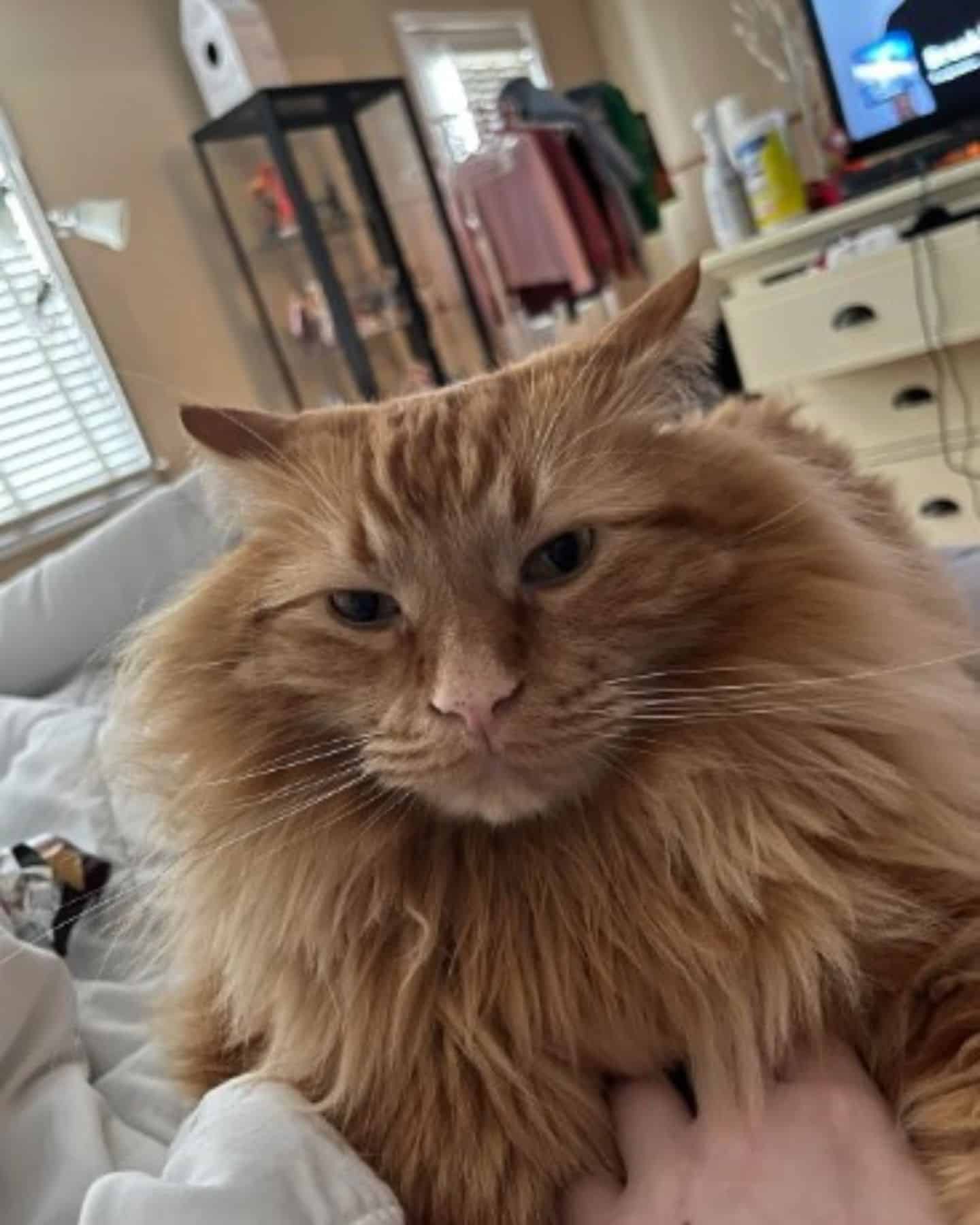
Picture your cat’s ears going sideways, resembling little airplane wings. This is your kitty’s way of saying, “I’m not quite sure about this situation.”
It’s a sign of unease, possibly in preparation for unexpected loud noises. When you see those ears in this position, it’s best to give your cat some space.
2. Ears forward indicate curiosity:
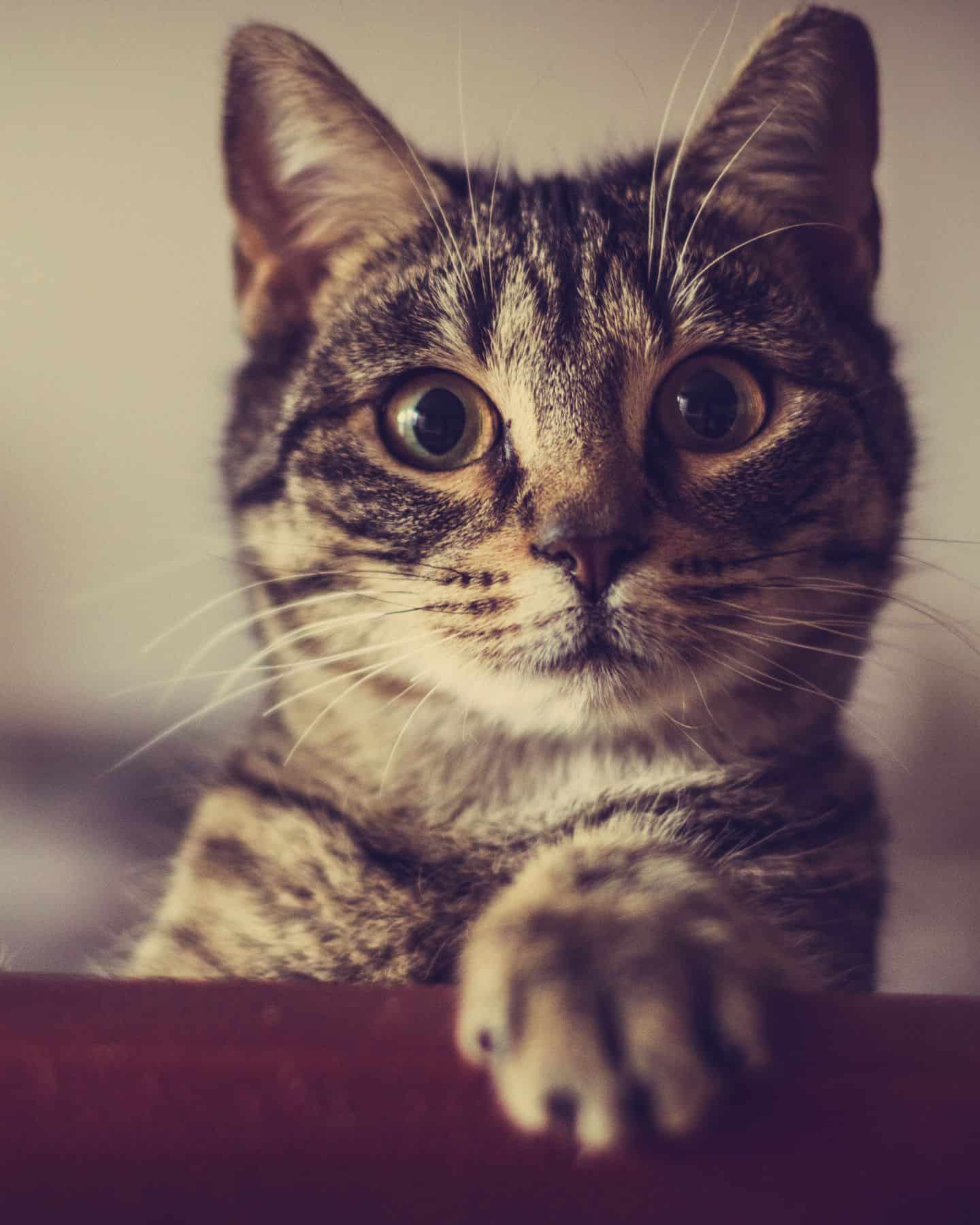
When your cat’s ears are perked forward, as if in a “Superman pose,” they’re in full-on detective mode.
They’re absorbing all the information about their surroundings, even when they’re seemingly napping. Those ears are always on the lookout for sneaky sounds.
3. Flicking ears signify irritation:
Cats are known for getting annoyed by the most mysterious of triggers. If your furry friend is persistently flicking its ears, it’s their way of saying, “Enough already!”
Be cautious; this irritation could escalate into hissing or crying.
4. Ears back and down signify fear (or anger):

When your cat’s ears flatten back against their head, it’s a clear sign of trouble brewing and possibly claws coming out.
They’re telling you, “Back off or prepare for a showdown.” This move is a declaration of potential fight or flight.
When To Contact Your Vet
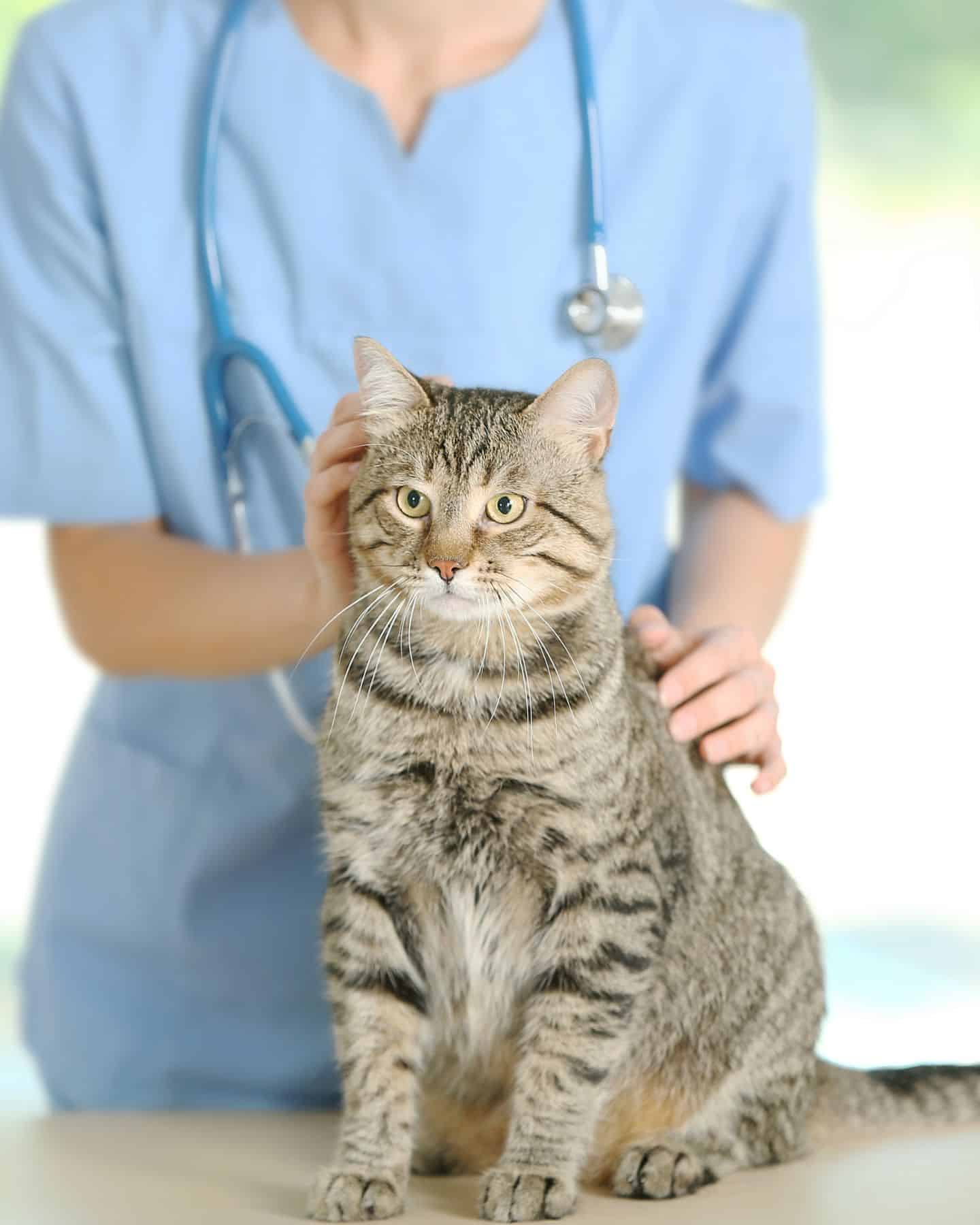
Now, beyond communication, your cat’s ears can also reveal certain health issues. Keep an eye out for:
• Persistent ear flicking or scratching.
• Scabs or dried blood in the ear (might indicate ear mites).
• Your cat wincing when you touch their ears.
• A lack of reaction to sound (which may suggest hearing loss).
If any of these signs arise, it’s time for a trip to the vet. Keep your cat’s ears clean, but avoid using deep-cleaning swabs, just as you wouldn’t go digging around in your own ears!



